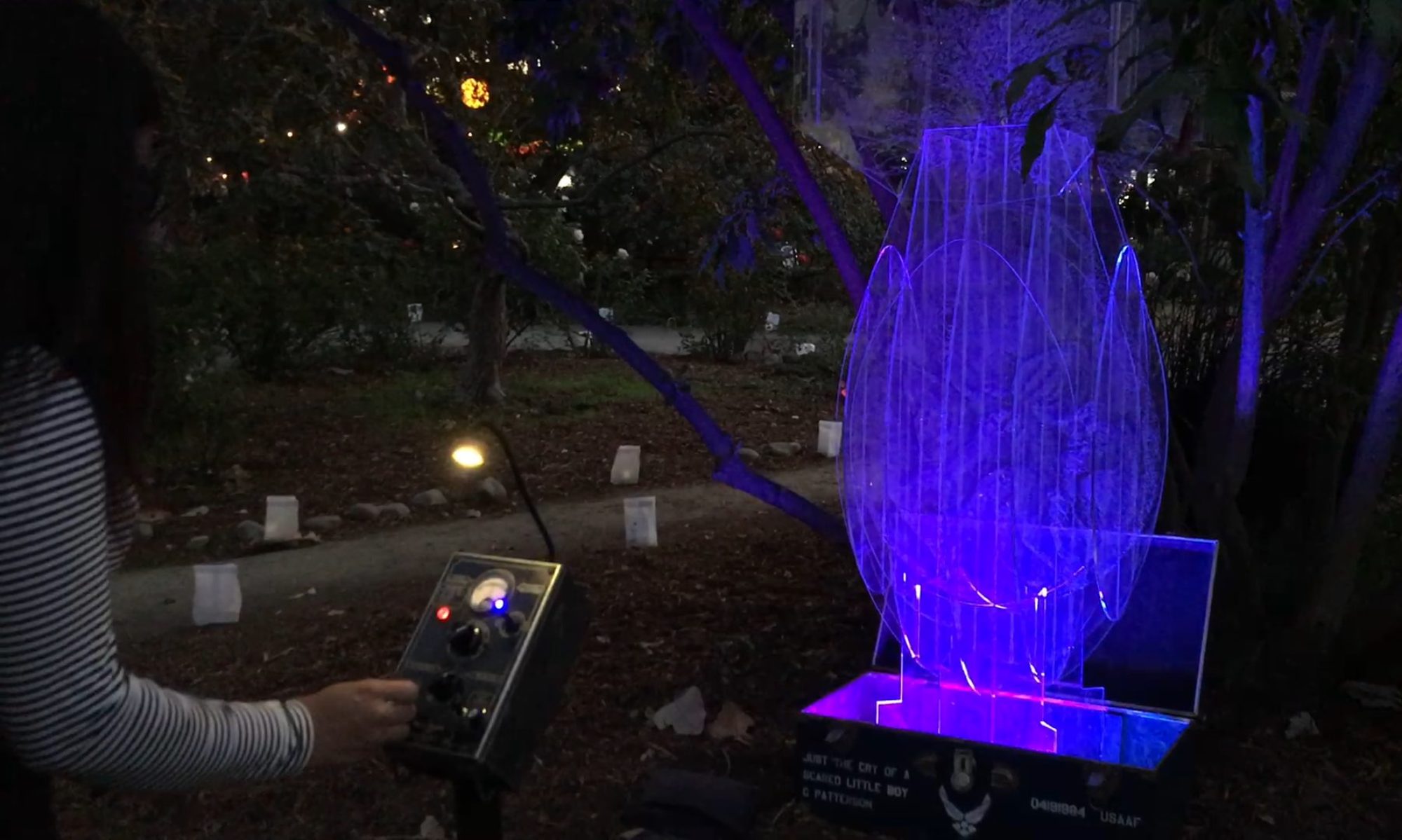Part 2 of several! See Part 1, Part 3, Part 4, Part 5.
Naoshima is one of several islands in the Seto Inland Sea with numerous modern art installations and museums. While still dominated by industrial materials refining, this sleepy island was transformed into a tourist destination with the installation of a museum and boutique hotel.
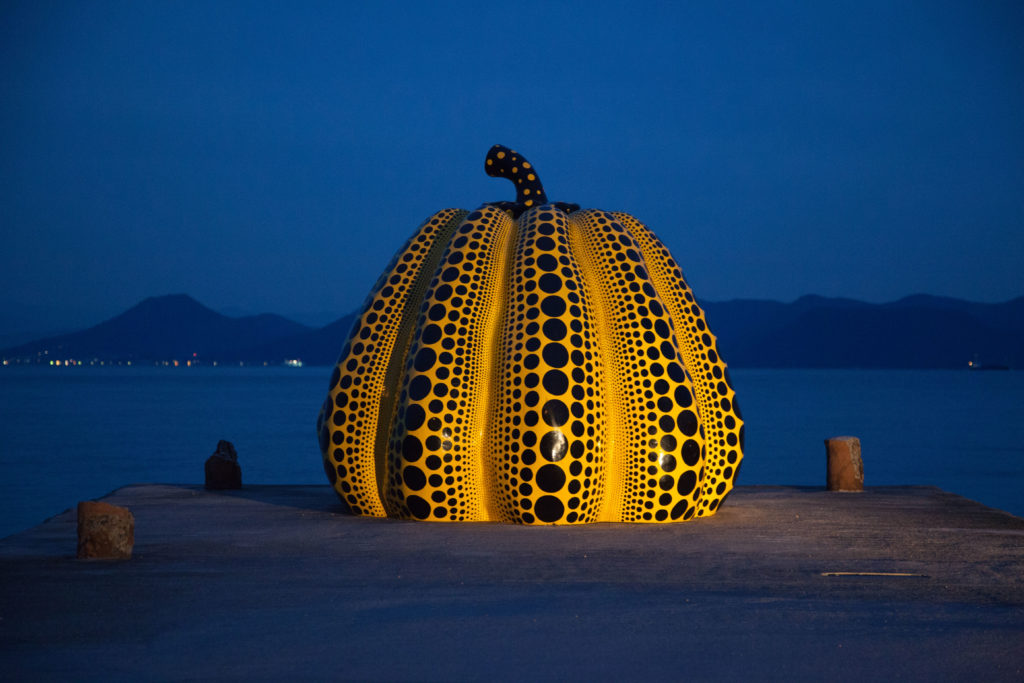
With the help of my trusty JR Pass and a ferry, I stayed on the island for two nights (including my birthday!). While many see the island as a day trip, it was worth having a whole day to get a feel for the place.
Staying at the Benesse House boutique hotel is hundreds of dollars per night, so for a “mere” hundred dollars a night I stayed at a humble guest house. (As with all accommodations on this cherry-blossom-season trip, I reserved far in advance.) This was my only traditional Japanese sleeping experience: tatami mats, futons, sliding doors, etc. It was cool to have the experience, though literally paper-thin walls aren’t great when other tourists are sharing the building. Nevertheless, I knew I was supporting a member of the local community instead of some hoity-toity art empire.
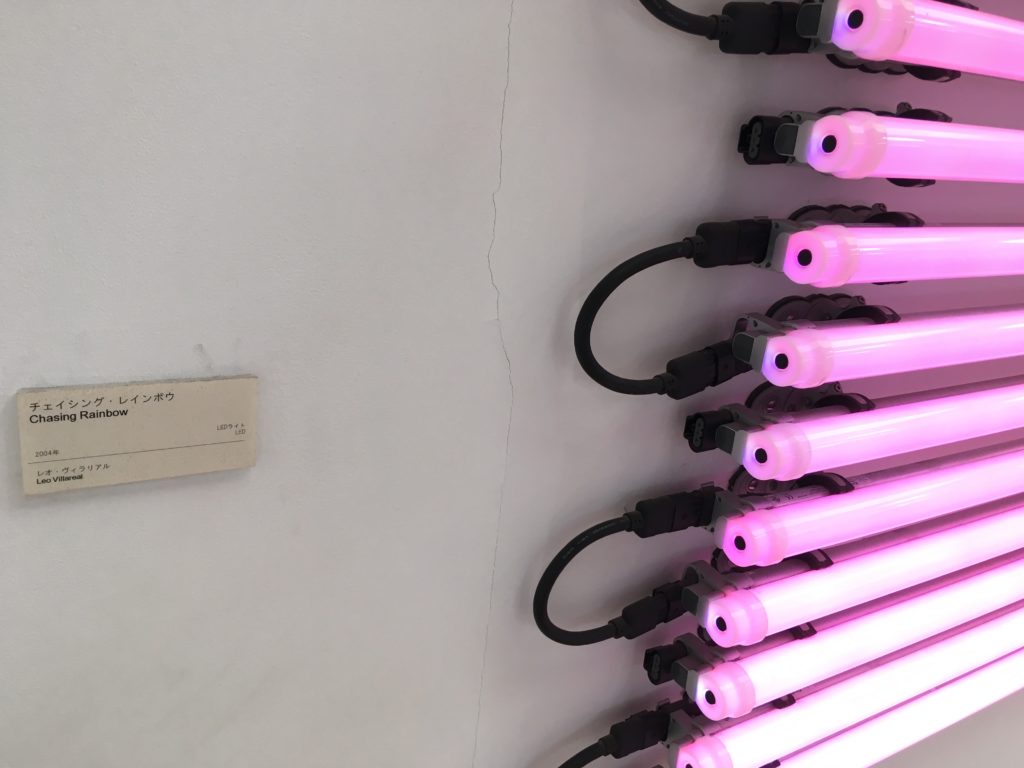
Speaking of which, that tension was apparent to me on the island. No doubt Naoshima’s art benefits locals who set up lodging and/or dining establishments. Demand is high—it can be hard to find an open and available place to eat! But there seems to be a clear bifurcation between the “official” installations on the island and the work of its locals. The island has ports on both sides; the Miyanoura port is far more built up, has most of the art, and has a mainland ferry terminal to match. The Honmura port, where I stayed, has far less infrastructure and a smaller passenger boat for access. This added to the us/them vibe.
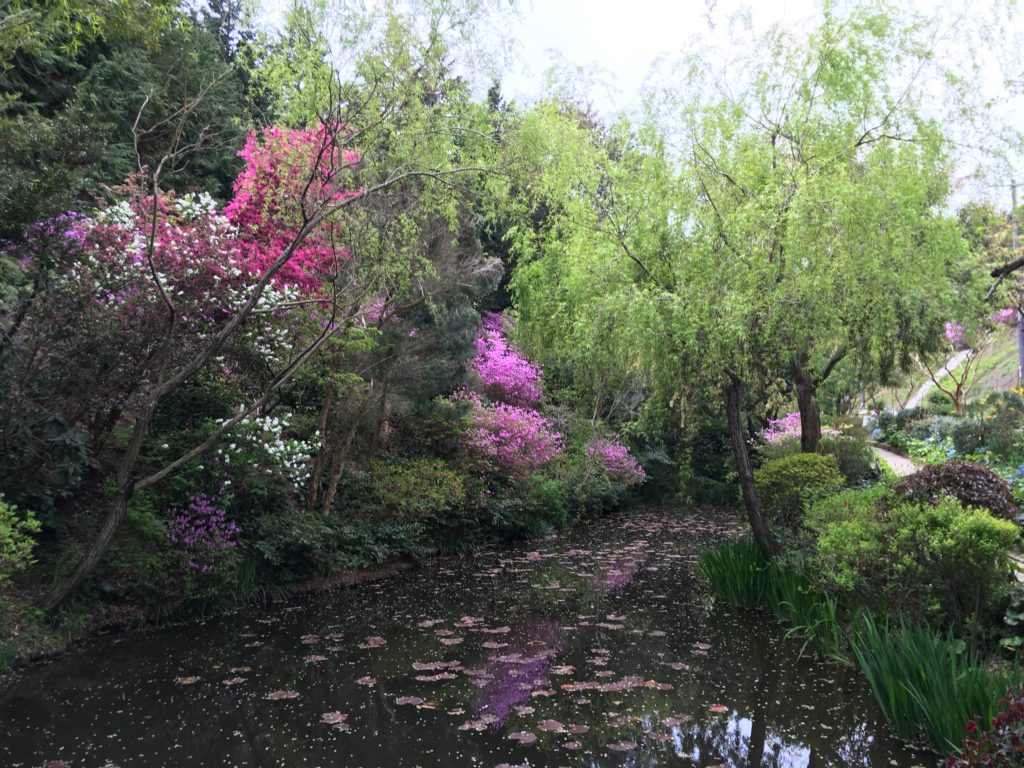
The Chichu Art Museum was the one “proper” museum I visited. $18.50 seemed rather steep for an experience that only took an hour; it would make more sense to offer admission to multiple / all of the small museums scattered around the island for that sort of fee. The museum itself, housed mostly underground to avoid spoiling the natural landscape, is truly an artwork of itself. Tadao Ando’s cement block design plays with lines, perspective, and light in all sorts of cool ways. Just walking through it is an experience.
Chichu’s least impressive art was definitely the Monet! It was protected by surprisingly-reflective glass/acrylic that hampered my perception of the colors. Impressionism is super important and all that, but I’m much more in it for the modern art, where the museum really delivered. James Turrell‘s pieces were most interesting by far, not surprisingly because they all deal with my favorite medium, light! Turrell’s done some really cool stuff throughout his career, and the three works displayed here offer a solid summation of his evolution.

I also explored the Art House Project, seemingly the only official destination on the Honmura side of the island, more reasonably priced at $10 for at least an hour’s worth. This is a collection of residential homes converted to house modern works of art. You basically wander tiny streets to find these nondescript installations. They varied in style and all were worth checking out. James Turrell brought it again with Backside of the Moon, which I won’t spoil for you, but suffice to say it plays on the way our eyes adjust in darkness.
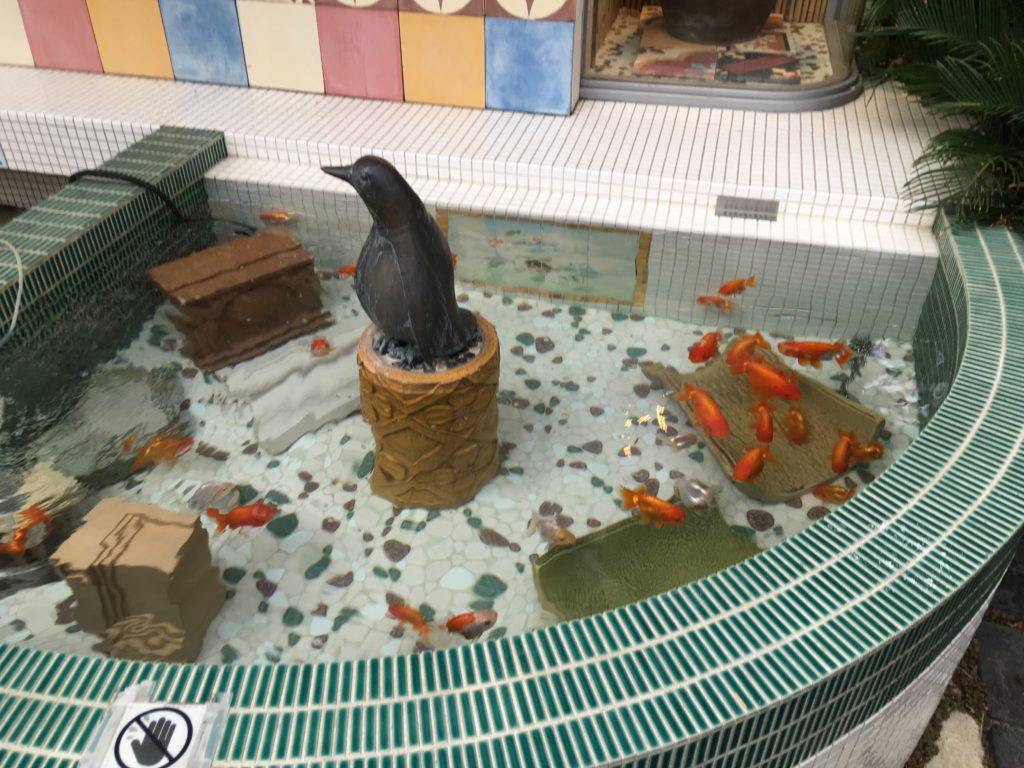
I’ll discuss bathhouses elsewhere in this series, but Naoshima’s was by far the artiest. Naoshima Bath “I♥︎湯” (I Heart Yu, where Yu means “hot water” in Japanese) is by Shinro Ohtake. It’s a pop-art/collage spectacle: there are the big details like an elephant overseeing the baths, a translucent rainbow ceiling, and colorful mosaic works on all surfaces. Little details like art on the water tap handles, video screens in the changing room tables, and painted toilet complete the experience.

While it was rather overpriced, making for an air of exclusivity I didn’t like, Naoshima offered a modern art experience unlike anything else I know of. It can be done as a day trip if you’re staying in a nearby town/city like Okayama, but a full day was a more relaxing way to experience more of the art. I didn’t see all of it, and nearby islands offer even more installations. Go!
